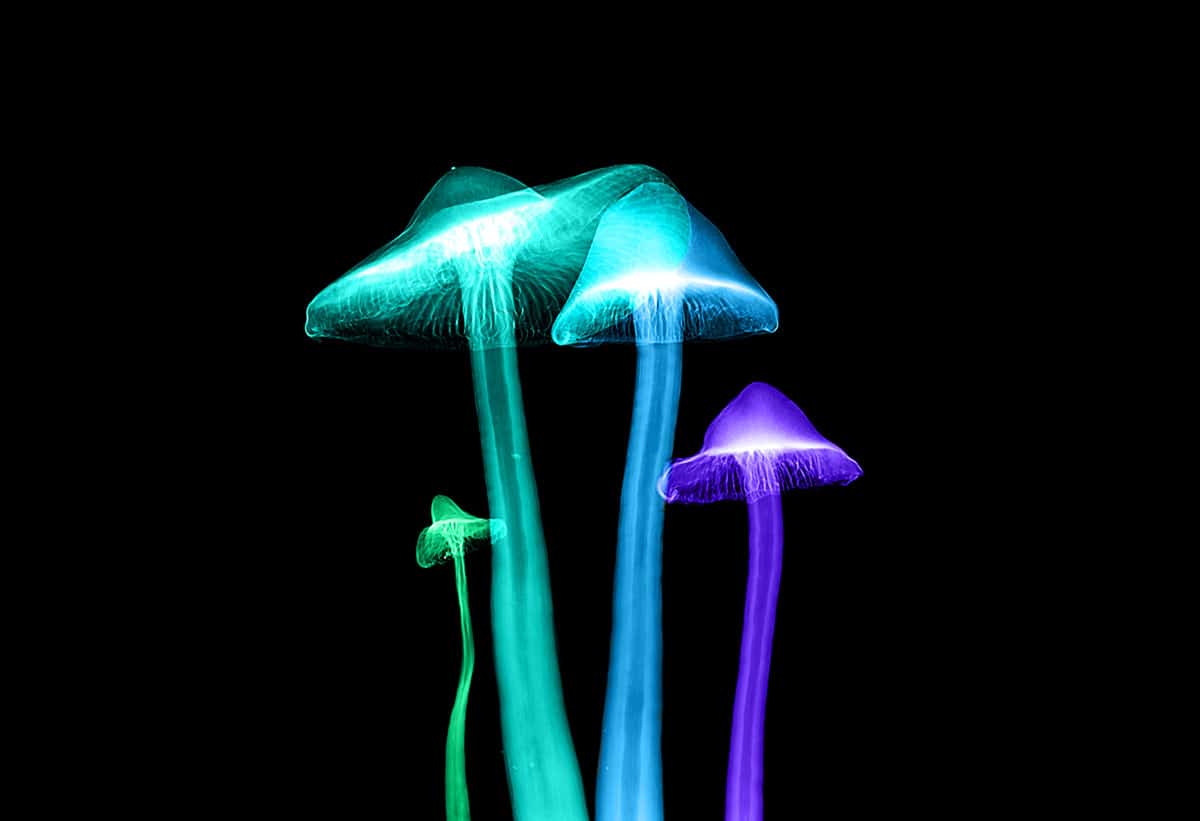
10 Mind-Blowing Mushroom Facts!
Maybe you’re a psychedelic enthusiast who first decided that you liked mushrooms at a party, or a nutritional advocate who recommends them for their health
The history of the psychedelic industry is fascinating and intense. Despite the fact that psychedelics are among the most powerful healing substances on the planet, they have suffered a history wrought with crime, deception, confusion, and repression.
Most psychedelics grow in the very ground that we walk upon and yet have been made illegal. This has created a difficult schism between natural medicine and those who wish to enjoy it. Legislation has made it a criminal act to engage with certain parts of nature, and yet many people and cultures believe it’s their birthright to fully embrace nature in its totality.
Prior to government rule, psychedelics may not have been illegal but they were no less significant. Psychedelic medicine has historically been a sacrament, a ritual tool, a holistic medicine, and a community totem. The history and birth of the psychedelic industry tell the tale of how these naturally-derived substances were turned from a sacred commodity into black-market contraband and then, finally, the subject of medical research.
The term industry refers to the large-scale commercial production and exchange of goods and services. Since the word itself is relatively new, we can’t really apply it much further beyond the industrial revolution.
However, if we are to truly discuss the origins of the psychedelic industry, we must recognize that the exchange of psychedelic goods and services has probably been going on for as long as human beings have been bartering for.
Psychedelic plants and medicine are extremely valuable. Not only do they help people connect with the spiritual worlds, but they also help to heal physical and mental wounds. People who live in areas where psychedelic plants did not grow were likely willing to barter for the opportunity to use these substances.
Nearly every culture on the planet has historically made use of ritual psychedelic ceremonies for various purposes. These psychedelic ceremonies helped people connect with nature and the gods, allowed them to activate certain parts of their psyche, and encouraged healthy communication among the community.
This has been happening for as long as humans have been around.
In traditional societies, psychedelic use was considered extremely sacred. Visionary drugs were only used by certain tribal members called shamans. Shamans were understood to have a powerful bond with nature and were better equipped to deal with the intensity of psychedelic experiences.
Nowadays, people often pay thousands of dollars so that they can consume psychedelics with a shaman who basically acts like a trip sitter. Contrary to today’s mainstream approach, tribal shamans would typically imbibe the psychedelics themselves, contact nature or spirits, and use this higher knowledge to heal the members of their tribe.

Different psychedelics grow naturally in different parts of the world.
Because of the unique properties of each psychedelic plant and the vast distances between their preferred habitat, they would naturally become valued trading commodities. It’s more than likely that ancient societies would trade for psychedelic plants or the opportunity to learn about them or experience ceremonies under the trained shamans.
Unfortunately, this was put to an end by European colonization. The ritual use of psychedelic medicines was written off as primitive and potentially dangerous by settlers as they swarmed through traditional territories and destroyed thousands of years’ worth of culture and ritual. After the colonial rule was imposed, psychedelic use waned almost entirely until the middle of the 20th century.
Most psychedelic users are familiar with the name Albert Hofmann. He’s the man who unintentionally turned the world on to synthetic psychedelic drugs. While working in his Swiss lab trying to find a chemical cure for respiratory illness, his study of the ergot fungus growing on rye bread led to the discovery of what would soon be the world’s most beloved psychedelic: LSD.
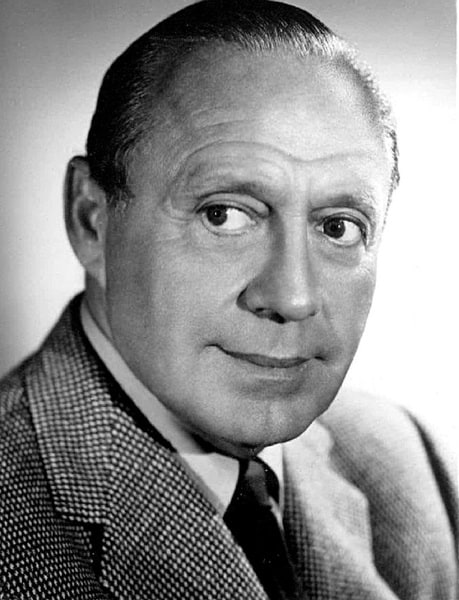
But that wasn’t to be the case for a few years. After identifying and isolating LSD, Hofmann shelved the chemical, thinking it was useless. Five years later, in 1943, he recalls that the LSD “spoke to me,” and encouraged him to go and experiment with it again.
In Hofmann’s case, certainly he wasn’t looking to get high. However, when working with the incredibly potent chemical, enough of it absorbed through his skin to produce a mild trip. Over the next years, he performed numerous experiments with LSD and began to recognize its incredible potential as a therapeutic drug.
The counterculture movement, however, was knocking at the door, and it had a different idea about what LSD could be used for. While the hippies of the 1960s certainly advocated for the therapeutic value of LSD, some of them simply used this as an excuse to blast off in space, rolling around in the dirt and rambling about how their LSD trips were helping them “kill off the ego” to become better people.
In either case, the recipe for LSD was unleashed into the public and black market acid, as it was called, began circulating on the streets. LSD became so popular that people could be seen wandering the streets of cities like San Francisco, bartering and selling the stuff.
By the late sixties, researchers all over the place were studying the effects of psychedelic drugs on cognition, mental health, and emotional disorders. A real industry was beginning to form and they were making great progress until President Richard Nixon signed the Controlled Substances Act effectively making these substances illegal and stalling research.
Prohibition, as is often the case, completely backfired and seemed to fuel the black market directly. Clandestine labs began funneling LSD and other psychedelics onto the streets throughout the 60s and into the 70s. While acid dealerships never really garnered the same notoriety as cocaine cartels, the legal risk of LSD production put the two operations in the same category as far as the government was concerned.
As we approached the 20th century, with the emergence of the internet and later, the Dark Web, people began to sell psychedelics in a global online market. The Dark Web became a veritable Silk Road where people could purchase psychedelics of all sorts and have them shipped to their doorstep.
The Dark Web still operates today via anonymous, encrypted services. Alongside the development of the Dark Web markets, companies also began to produce and sell what they called “research chemicals.”
Research chemicals are drugs that are strikingly similar to their illegal counterparts. Often referred to as analogs, these drugs are made by shifting, adding, or otherwise changing the molecule of an illegal psychedelic. The resulting chemical can’t be illegal since there hasn’t been anyone to legislate it yet.
Alexander Shulgin, the legendary chemist and alchemist, certainly helped to fuel this research chemical movement thanks to the publication of his two books: TiHKAL and PiHKAL. These books detail the synthesize of several hundred different psychedelic compounds that he produced over the years.

Some countries, like the USA, have attempted to set up broad legislation to criminalize analogs before they begin to circulate. The Analog Act is a piece of American law that forbids the possession or sale of any drugs that are “substantially similar” to other Schedule I or II drugs to be considered illegal.
Nowadays, research has finally begun to resume on psychedelics. Not only are researchers getting paid to perform studies on different drugs, but more and more countries are moving to legalize, or at least decriminalize psychedelics.
Psychedelics are becoming less taboo and more accepted by the mainstream. Microdosing – consuming small doses of psychedelics to boost creativity or performance – has become trendy in Silicon Valley and in universities across the world.
One of the biggest challenges faced by the psychedelic market isn’t anything to do with their effectiveness. Or, rather, it has to do with them being too effective. Research shows that single-dose treatments with psychedelics can provide long-term relief even from lifelong psychiatric issues.
This is much different than the current, conventional treatment for such problems which encourages patients to pay for prescription antidepressants for many years. The FDA, which evaluates drugs for scheduling and makes recommendations for the Drug Enforcement Agency, is funded largely by the pharmaceutical sector.
Nonetheless, the research is piling up quicker than the FDA can hope to stifle it. Companies are popping up with innovative ideas. Several brands have already gone public and their stocks are available to trade on Wall Street.
These companies clearly know what they’re doing. Assessing the risk of a stock is never easy, but if you truly believe in these companies then there’s nothing to stop you from putting in investment right away.
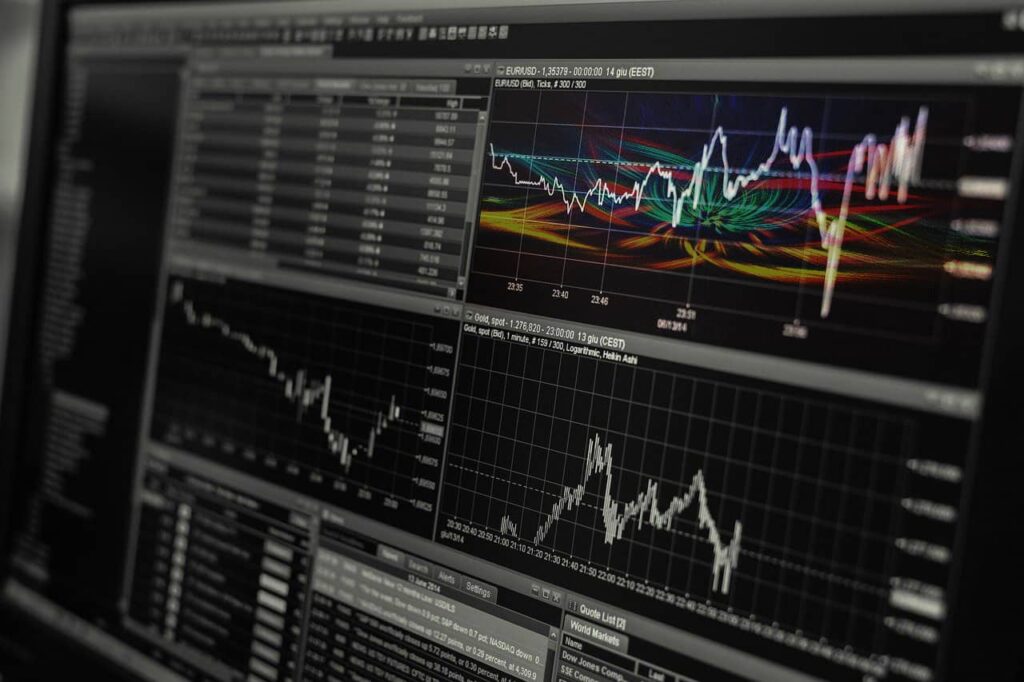
A quick psychedelics sector overview confirms that this industry is still just in its early stages. The psychedelics sector landscape is very fertile and rapidly expanding, taking advantage of a variety of different components to ensure that its growth will be supported by numerous different organizations.
While the global psychedelic drug market isn’t huge yet, it’s projected to reach upwards of $10 billion by 2027, a sharp increase from its current estimated value of $4.4 billion. Research reports show that the increased incidence of conditions like depression and anxiety, spurred on by the global pandemic, have led people to seek treatments that they might otherwise have considered taboo or last-resort.
This, coupled with the increased appreciation for microdosing and a resurgence of psychedelic fashion and art, show that the psychedelic market is certainly due for another explosion soon.
Psychedelics have been sold and traded for thousands of years, but this is the first time that they’ve been traded by public companies that you can invest in. Scientists, therapists, and other professionals are studying psychedelics for their numerous therapeutic benefits.
The research, as one might expect, has been overwhelmingly positive. As psychonauts have known for years, hallucinogens can produce powerful, transformative changes in a person’s mind and body. Now that modern medicine can back up these claims, there’s nothing stopping the psychedelic industry from booming.

Maybe you’re a psychedelic enthusiast who first decided that you liked mushrooms at a party, or a nutritional advocate who recommends them for their health
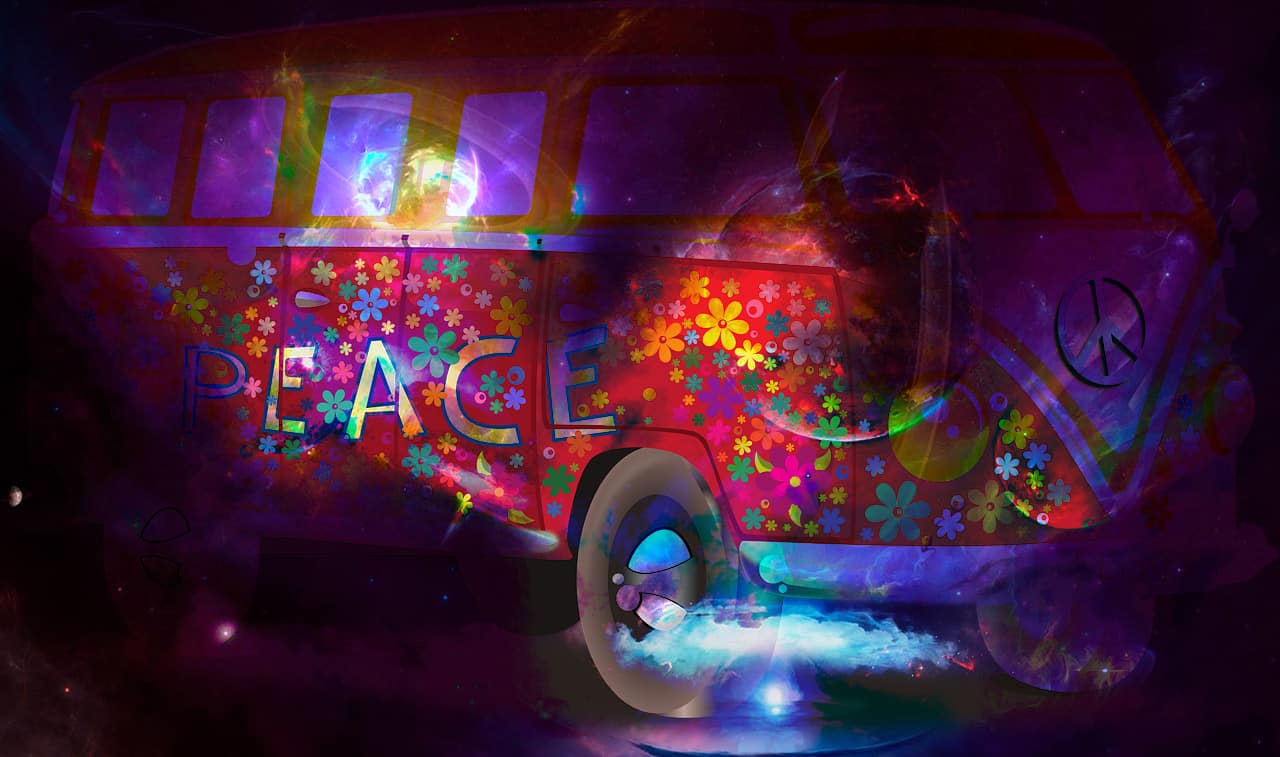
Many countries that formerly had very strict psychedelic laws are now relaxing them. This change of heart stems mainly from policy that’s aimed at increasing

With today’s busy world, you’d be hard-pressed to find someone that couldn’t do with better cognitive processes and vitality. However, did you know that you
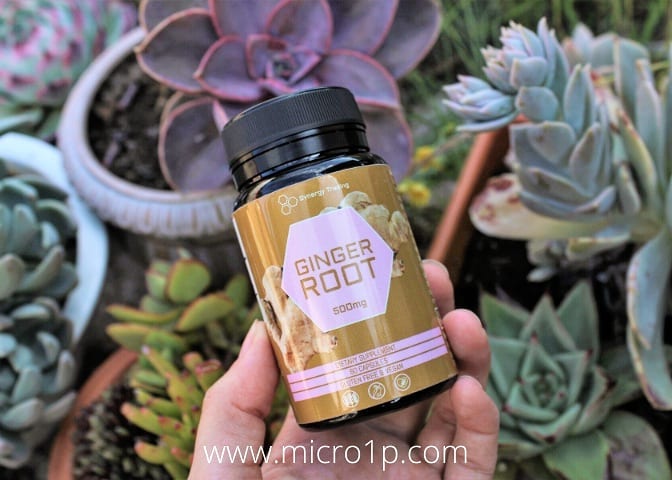
Ginger is known to be one of the healthiest spices on the planet. Ginger root is a plant, originally from China, that is widely

Thanks to the recent expansion of members in the brain hacking community, bettering your brain function has never been such a hot topic! With all
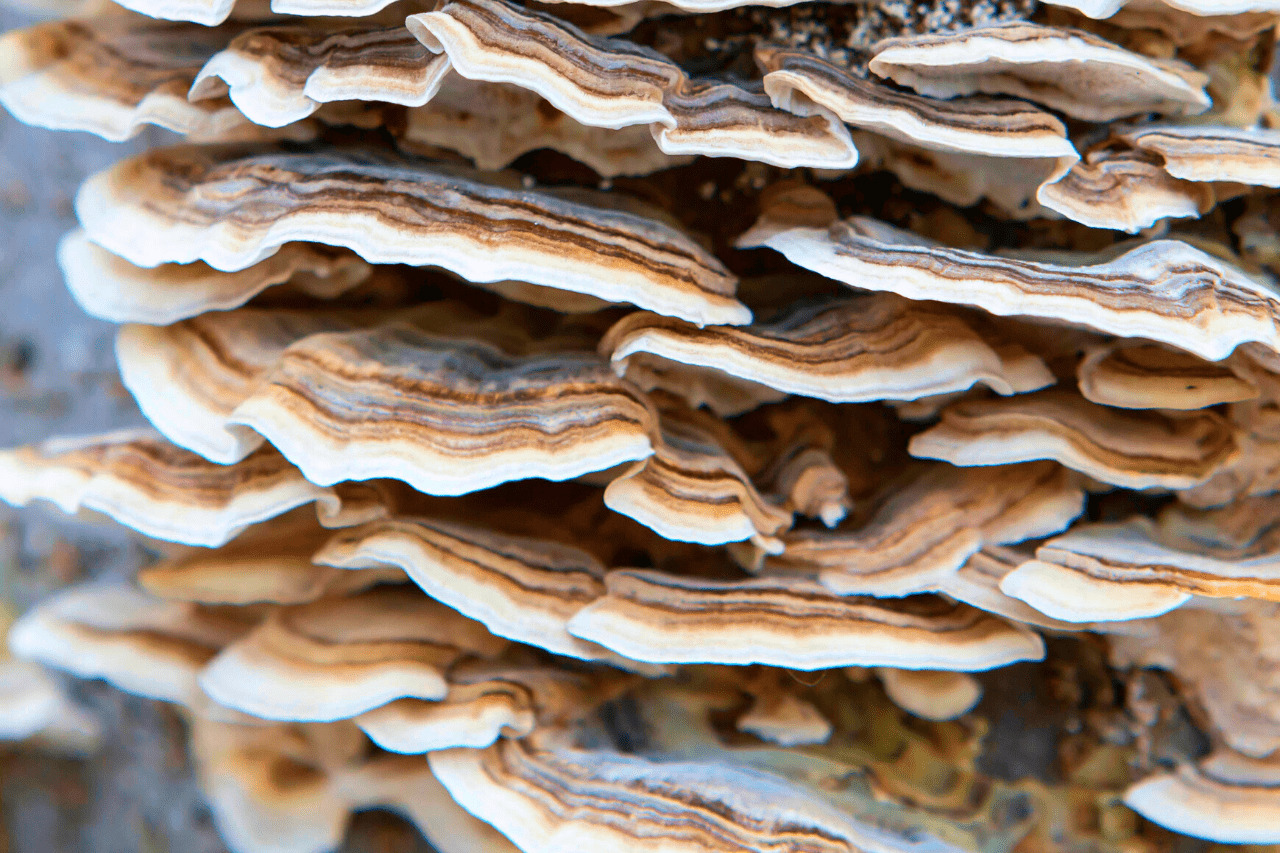
Written by Sydney Waldner Let me introduce you to the holy grail of medicinal mushrooms; Turkey tail. If you are a forest lover, there
GET 10% DISCOUNT WITH NOTIFIED ABOUT THE LATEST NEWS AND UPDATES. NO SPAM, WE PROMISE!
FREE Tracked shipping on orders over €250 to EU countries.
Monday- Friday 8.30am- 5pm (CET)
A range of options available
Guaranteed delivery or your money back